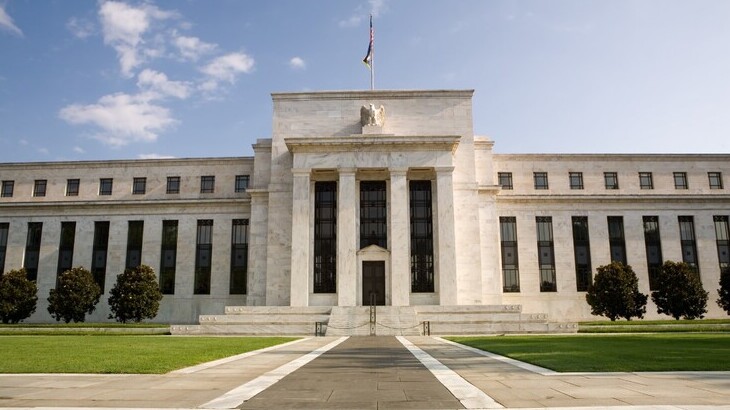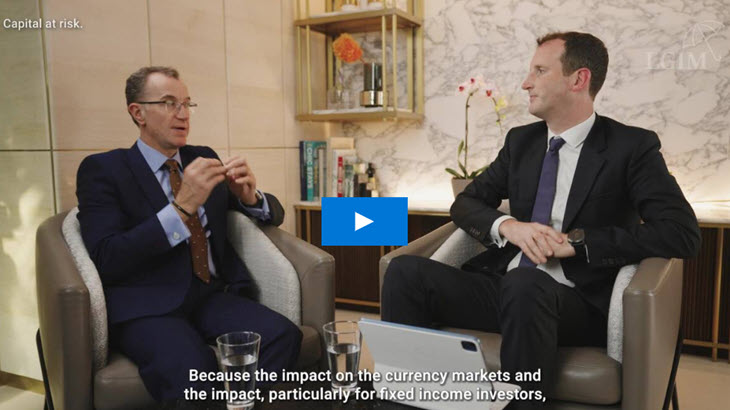Rates, politics and asymmetric opportunities
When we started planning this publication back in March, markets were still pricing in a significant amount of policy easing from the US Federal Reserve (Fed), the world’s most important central bank. Those expectations have since almost entirely evaporated.

The following is an extract from our latest CIO outlook.
Indeed, following signs that inflation may prove stickier than hoped, some investors are even positioning for the risk of further policy tightening, after the most aggressive cycle of rate increases in living memory.
Despite this shift in market pricing, we believe valuations still suggest something of a ‘Goldilocks scenario’ for the global economy, in which growth is relatively resilient and inflation ultimately moderates. This makes markets vulnerable to shocks, in our view, whether from geopolitical strife, national politics or macroeconomic data.
In light of this backdrop, we have devoted this document to addressing some of the biggest questions facing investors today. As ever, we are mindful of the need to be humble in our conclusions. Our takeaways include:
- Despite economic divergence, US Treasuries continue to drive rates market returns
- Pandemic-era activity explains some counterintuitive moves in credit spreads
- Four long-term ‘mega-trends’ are set to reshape private markets
We also weigh how a number of key elections over the coming months might shape the investment landscape.
To this end, we outline why India’s election and bond index inclusion may enhance the allure of Indian government bonds. We suggest that a Labour Party victory in the UK could defer Bank of England easing. And we argue that market reaction to the US presidential election may hinge on immigration policy.
Uncertainty and change
In light of the still-rosy macro outlook that investors are discounting, the interconnectedness of markets and the broad range of both political and geopolitical risks on the horizon, we anticipate further market volatility over the coming months.
But it’s not all doom and gloom for investors. We believe this increasingly fragile market environment actually presents investors with an asymmetrical opportunity set, all the more so should the global economy stray from the narrow path that is currently priced in.
Taking a longer-term view, beyond the current geopolitical fault lines – and even political events scheduled later this year – we believe uncertainty and change are probably the only two constants investors can expect. That’s because we’re all adjusting to a multi-polar world, during a period of frenetic technological advances.
This makes diversification[1] more important than ever, in our view, to help withstand a range of economic scenarios – and mitigate the impact of any single market event.
The above is an extract from our latest CIO outlook.
[1] It should be noted that diversification is no guarantee against a loss in a declining market.
Key risks
The value of an investment and any income taken from it is not guaranteed and can go down as well as up, you may not get back the amount you originally invested. Past performance is no guarantee of future results.
Whilst LGIM has integrated Environmental, Social, and Governance (ESG) considerations into its investment decision-making and stewardship practices, this does not guarantee the achievement of responsible investing goals within funds that do not include specific ESG goals within their objectives.
The risks associated with each fund or investment strategy should be read and understood before making any investment decisions. Further information on the risks of investing in this fund is available in the prospectus at. http://www.lgim.com/fundcentre




